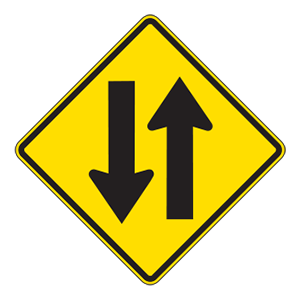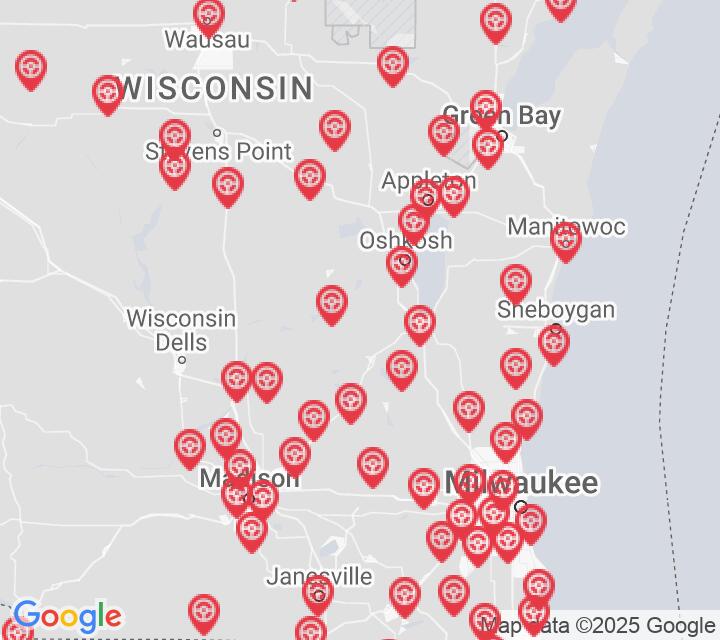2025 Wisconsin Permit Test 3
The following questions are from real DMV written tests. These are some of the actual permit questions you will face in Wisconsin. Each permit practice test question has three answer choices. Select one answer for each question and select "grade this section." You can find this button at the bottom of the drivers license quiz. For a complete list of questions and answers for Wisconsin please visit https://cheat-sheets.dmv-written-test.com/en/wisconsin/car.
Number of Tests
Number of Question
Passing Score
36. If pedestrians are illegally crossing in the middle of the street instead of in a crosswalk, you:
Explanation
You must yield to pedestrians at all times. If the pedestrians are jaywalking or crossing the street where they should not be, you must still stop for them.
37. When approaching a steady green traffic light, drivers should:
Explanation
When approaching an intersection with a steady green traffic light, yield to pedestrians in the crosswalk and vehicles still in the intersection. You may continue driving, but should approach the intersection at a speed that will allow you to slow down and stop if the light changes before you get there.
38. This sign means:

Explanation
Warning signs prepare drivers for upcoming road conditions and hazards and are usually yellow with black markings. This sign tells drivers that they may encounter traffic coming from the opposite direction.
39. Which statement about speed is true?
Explanation
As speed increases, the chance of a fatality increases. If you are moving faster than 80 miles per hour, you have almost no chance of living through a crash. Driving more slowly than other traffic can also be dangerous because other motorists may become impatient and make dangerous moves to pass you.
40. As the percentage of alcohol (BAC) in your blood increases, you become:
Explanation
Blood alcohol concentration (BAC) is a measure of the percentage of alcohol in a person's blood. The higher the BAC, the more impaired a person is.
41. Before you enter an intersection, you should look to your:
Explanation
Before you enter an intersection, look to both the left and right for approaching vehicles or crossing pedestrians. Look to your left a second time, as vehicle approaching from your left will be closer than those approaching from your right. Look across the intersection before you start to move to make sure the path is clear all the way through.
42. As you drive, you're required to stop your vehicle:
Explanation


